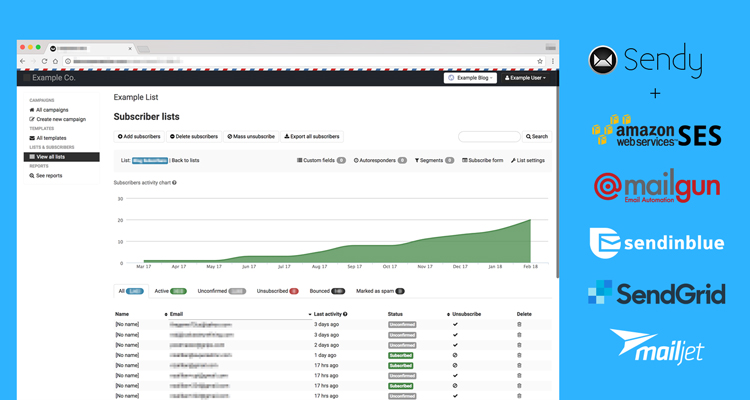Like the boiling frog, we often fail to appreciate just how significantly the infrastructure upon which we rely as developers has improved over the last decade. When I began working with the Rails framework in 2010, everything from the hardware we used for local development, to the infrastructure upon which we tested and deployed, was positively anemic by today’s standard.
My personal laptop, reasonably high-end for the time, had a 5400 RPM spinning disk and 2 GB of RAM. SSDs were exotic, even on servers. Nowadays, you can get bare metal servers with 512gb-1tb of RAM, 2x multi-core CPUs and terabytes of fast SSD storage for a price that is perfectly reasonable for even small companies. Similarly, you can easily and cheaply launch fleets of high-spec virtual servers with providers like Amazon Web Services and DigitalOcean at minutes’ notice.
In many ways, it seems to me that we are often basing architectural decisions on imagined constraints. In my experience, a decision to embrace a microservices architecture should not follow primarily from concerns about scalability.









